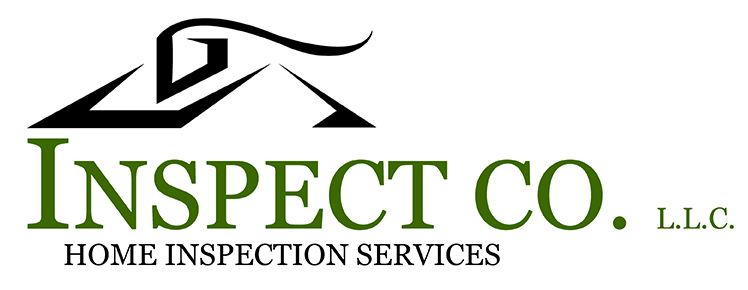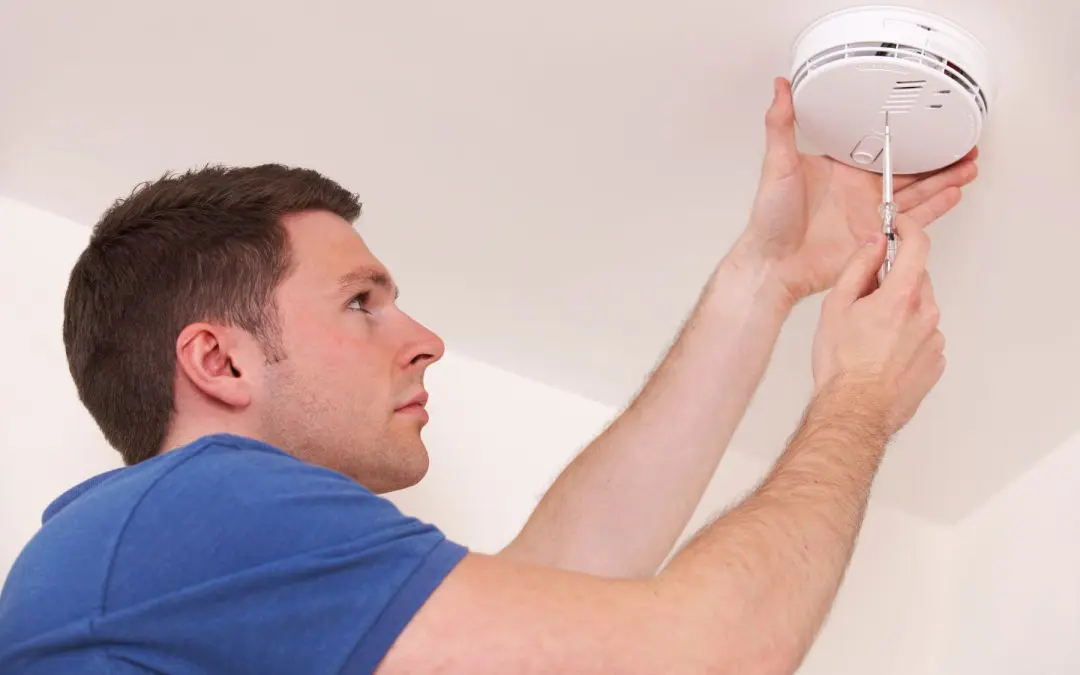Carbon monoxide exposure is a threat every homeowner must take seriously. It’s often called the “silent killer,” and for good reason—it’s an odorless, colorless gas that can be deadly. While the danger is severe, avoiding exposure is completely manageable with the right knowledge and tools.
Understanding the Threat of Carbon Monoxide Exposure
Carbon monoxide is a byproduct of incomplete combustion. This means it’s produced whenever fuels like gasoline, wood, propane, charcoal, or natural gas are burned without enough oxygen. In your home, the most common sources are fuel-burning appliances, including furnaces, water heaters, gas ranges, clothes dryers, fireplaces, and portable generators. When these appliances are working correctly and properly vented, the CO they produce is safely exhausted outside. The danger arises when an appliance malfunctions, is damaged, or is used improperly in an enclosed space, allowing the gas to build up indoors.
The Critical Role of Carbon Monoxide Detectors
The single most important defense against CO exposure is the installation of certified carbon monoxide detectors. Because you cannot see, smell, or taste the gas, these devices are your only early warning system. Think of them as essential as smoke alarms.
For maximum protection, place detectors on every level of your home, especially near sleeping areas. Ideally, they should be located about five feet off the floor, as CO mixes evenly with air. Importantly, do not place them right next to fuel-burning appliances like your furnace, as the initial harmless puff of exhaust could trigger a nuisance alarm. Test your detectors monthly using the test button, and replace them according to the manufacturer’s instructions—usually every five to seven years. Unlike a smoke alarm, a CO detector’s sensor degrades over time, so replacement dates are non-negotiable for safety.
Proper Maintenance of Fuel-Burning Appliances
When appliances are well-maintained, they burn fuel efficiently and vent exhaust correctly. Every year, have a qualified professional inspect and service all your fuel-burning heating systems, including your furnace, boiler, and water heater. This annual check ensures that the appliance is operating efficiently and, most critically, that the venting system is free of leaks, corrosion, or blockages. Blocked chimneys or vent pipes, often caused by nests, debris, or snow, are common culprits in CO buildup. If you have a fireplace or wood stove, ensure the chimney is cleaned and inspected annually.
Safe Practices for Appliance Use
Using fuel-burning appliances correctly is just as important as maintaining them. Never use a gas range or oven to heat your home. These appliances are designed for short cooking periods and are not safe for sustained space heating. Never operate a portable generator, charcoal grill, or any other gasoline-powered engine inside your home, garage, basement, or even near a window or door. Even a small connection between your garage and house can allow deadly levels of carbon monoxide to seep in. During power outages, keep generators at least twenty feet from the house, pointing the exhaust away from the structure. When clearing snow, make sure all appliance vents and car tailpipes are completely clear of snow drifts.
Recognizing the Symptoms
It is also vital for everyone in the household to recognize the signs of CO poisoning. Because the symptoms often mimic the flu, they can be easily dismissed. Early signs include headache, dizziness, nausea, and general confusion. As exposure continues, symptoms worsen to vomiting, loss of consciousness, and ultimately, death. If you or a family member suddenly develops these symptoms and they seem to disappear when you leave the house but return when you come back, suspect carbon monoxide. If your detector sounds, or if you suspect exposure, immediately evacuate everyone, including pets, and call 911 or the fire department from a safe location. Do not delay.
Avoiding carbon monoxide exposure is a continuous cycle of detection, maintenance, and awareness. By prioritizing these steps, you build a resilient safety barrier that ensures your home remains the haven it should be.
Frequently Asked Questions About Carbon Monoxide Exposure
Where is the best place to install a CO detector?
Install CO detectors on every level of the home and near sleeping areas. The Consumer Product Safety Commission recommends placing one on the ceiling outside of each sleeping area and one on each additional level of the home. Do not place them directly next to combustion appliances.
What is the lifespan of a CO detector?
Most CO detectors have a lifespan of five to seven years. The sensors degrade over time, making them less reliable. Check the manufacturer’s date stamped on the back of the unit and replace it before this date, even if it appears to be working.
Can I use an outdoor propane heater in my garage?
Absolutely not. Any fuel-burning device, including propane heaters, grills, or kerosene heaters, must never be used in an enclosed space like a garage, home, or basement, even with the door or window open. The CO can quickly build to lethal levels.
Should I open a window if I suspect a problem?
While opening a window might seem helpful, your first and most critical action is to immediately leave the building. Once you are safely outside, call emergency services. Delaying evacuation to open a window can waste precious, life-saving time.
Inspect Co. LLC offers home inspections in North and South Carolina. Contact us to request our services.

